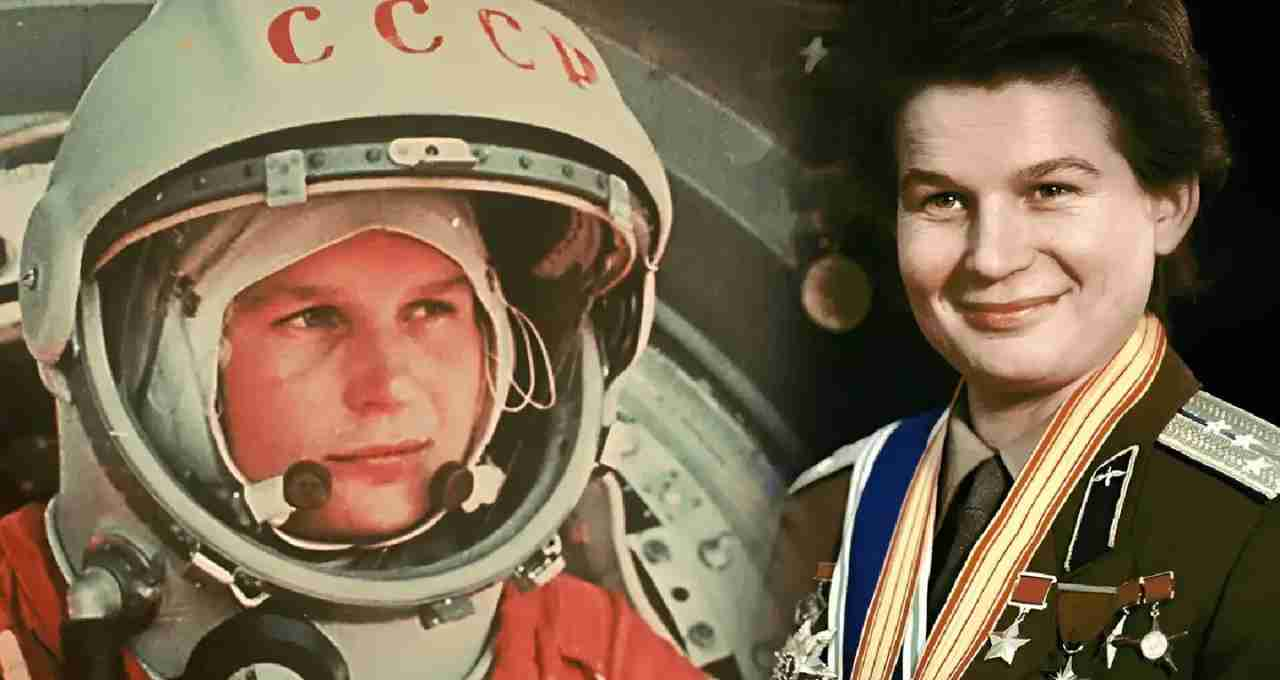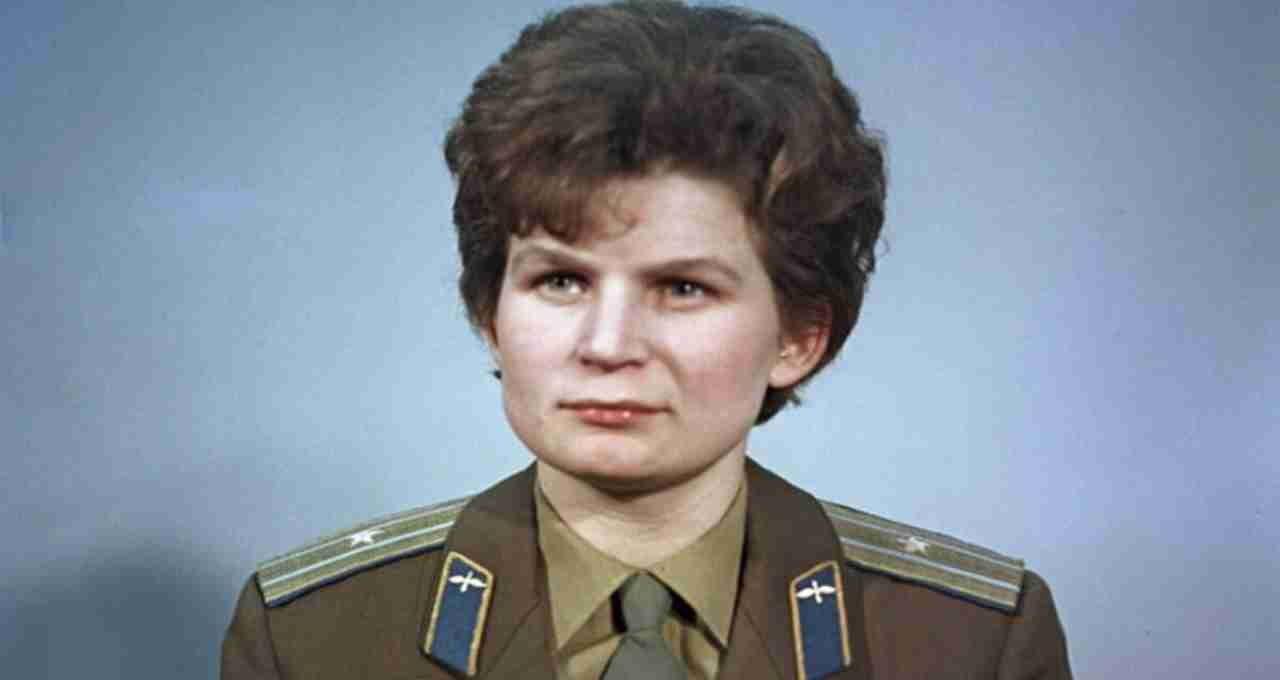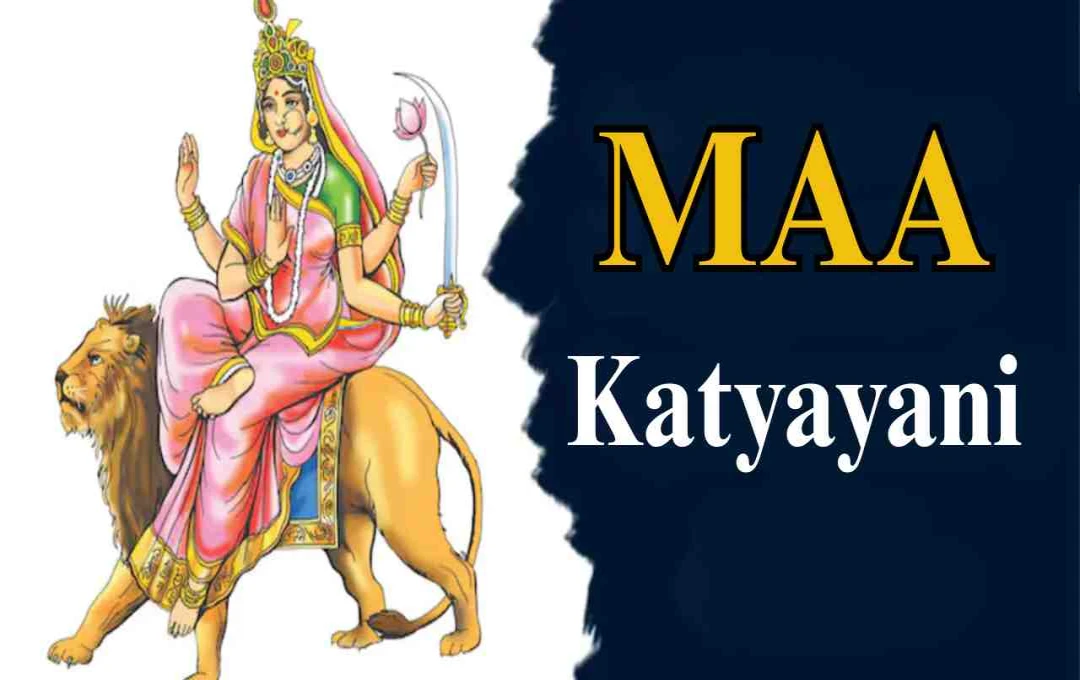June 16th is a date etched in the annals of history. It marks the day science and humanity reached new heights. On this day in 1963, a courageous Russian woman (then Soviet Union) journeyed into space, making history.
New Delhi: June 16th is a date frequently remembered in history, but the event of 1963 not only shook the scientific world but also redefined global perceptions of women's capabilities. On this day, Valentina Tereshkova, a simple factory worker from the Soviet Union, embarked on a space flight, achieving what no woman had done before. She became the world's first female cosmonaut, opening new dimensions in science, technology, and women's empowerment.
From an Ordinary Girl to a Space Commander
Valentina Tereshkova was born on March 6, 1937, in the village of Maslennikovo in the Soviet Union. Her father was a tractor driver, and her mother a textile worker. When Valentina was only two years old, her father was killed in World War II. Thereafter, she started working in a factory with her mother from a young age.
Her life took a turning point when she saw an advertisement for a parachute club on a notice board. In 1959, she made her first jump from the sky, developing a deep interest in this adventurous sport. This hobby laid the foundation for her future space journey.

A Woman's Stake in the America-Soviet Space Race
In 1961, Yuri Gagarin became the first human in space. This achievement put the Soviet Union ahead of the United States. However, the Soviet leadership decided not to stop there. Their next mission: sending the world's first woman into space. Four hundred women were selected from across the country. Only five were chosen for final training, including Valentina.
Importantly, Valentina was neither a professional pilot nor a scientist. Yet, she proved that b willpower and discipline can achieve any height.
Rigorous Training at 'Star City'
Valentina was sent to a secret training center called 'Star City,' where she underwent rigorous training including centrifuge tests, weightlessness simulations, heat chamber tests, and high-altitude jumps. In her autobiography, "The First Lady of Space," she writes that society had always considered women 'weak,' but this training gave her the opportunity to shatter that perception.
Finally, on June 16, 1963, the day arrived when Valentina boarded the 'Vostok-6' spacecraft. As the rocket launched, her voice echoed over the radio – "Chaika, Chaika (Seagull, Seagull)... everything is fine. The machine is working well." 'Chaika' was her codename. Thus, an ordinary woman astonished the world by accomplishing an extraordinary feat.
She spent three days traveling alone in space, orbiting the Earth 48 times. This was an achievement beyond the imagination of any woman at that time.

Parachuting: A Lifesaving Skill
Valentina's parachuting hobby not only helped her selection but also played a crucial role in the space mission. The Vostok missions required the cosmonaut to eject from the capsule and land using a parachute. Valentina successfully executed this procedure and landed safely. Her flight shattered many myths about women's capabilities. While some considered it mere Soviet propaganda, her flight proved that women could succeed in challenging missions like space exploration. Valentina's success was not just a victory for science but a triumph of women's empowerment.
'Chaika' Remains an Inspiration Today
Even today, 61 years later, when Valentina Tereshkova's name is mentioned, she is remembered not just as a cosmonaut, but as a symbol – demonstrating that a girl from a humble background can reach the pinnacle of success. Remembering her on June 16th is not just about reading history, but about saluting the passion and courage that pushed the boundaries of humanity and established a woman's presence in the cosmos.














